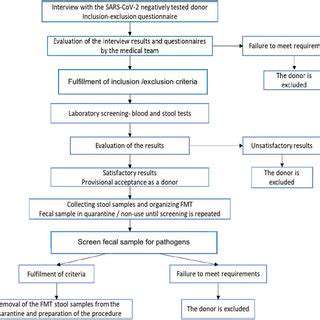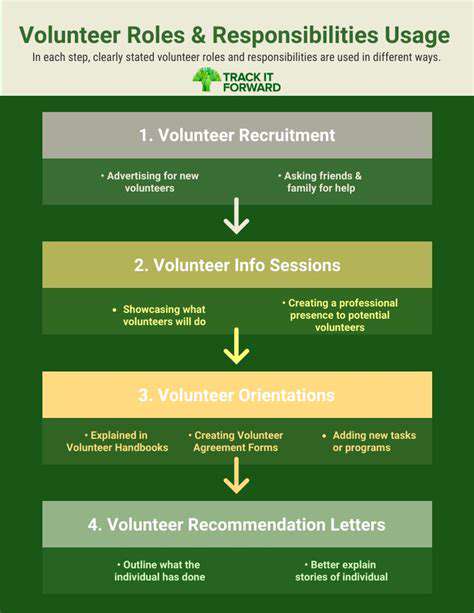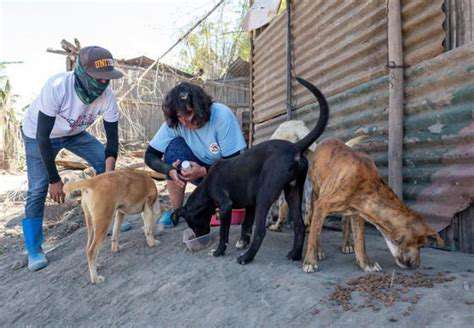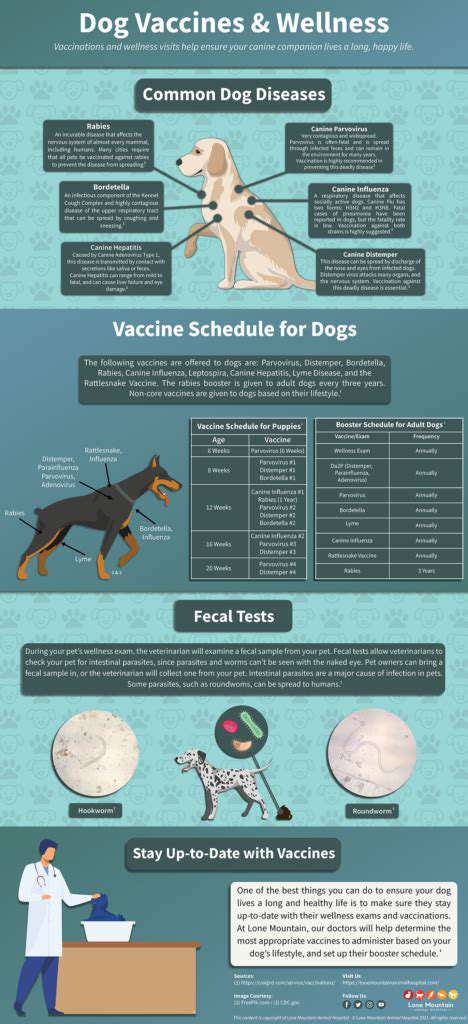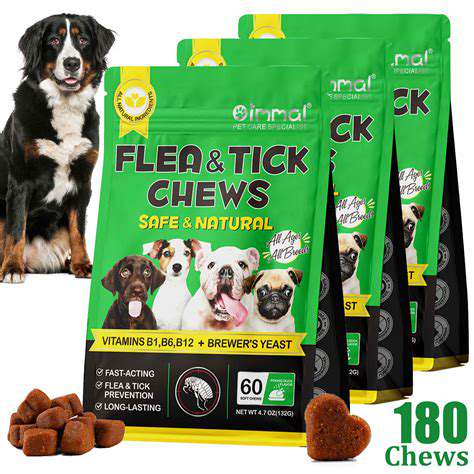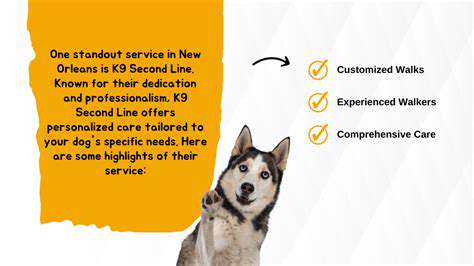Understanding Pet CPR and First Aid: Be Prepared
Beyond the Basics: Prevention and Proactive Care
Understanding Common Pet Emergencies
Recognizing potential emergencies in pets is absolutely critical for any responsible pet owner. Pets can't tell us when something's wrong, so spotting subtle changes in behavior or physical condition becomes our responsibility. Things like sudden lethargy, excessive panting, or unusual vocalizations might signal distress. Every pet has unique baseline behaviors - knowing these intimately helps detect deviations early. For instance, some breeds hide pain instinctively, while others become clingy when unwell.
Identifying and Assessing the Situation
When faced with a potential emergency, resist the urge to panic. Your calm assessment in those first moments could literally save your pet's life. Start by checking the ABCs - Airway, Breathing, and Circulation. Look for chest movements, feel for breath on your hand, check gum color (pale or blue gums indicate serious trouble). Note any environmental clues - chewed electrical cords, spilled chemicals, or missing food items can reveal the cause. Document everything you observe; this information proves invaluable for veterinarians later.
The Importance of Early Intervention
Minutes matter in pet emergencies. That window between incident onset and professional care often determines outcomes. For example, with heatstroke, cooling measures begun immediately can prevent organ damage. In poisoning cases, quick identification of the toxin allows for targeted treatment. I once witnessed a dog saved because the owner recognized chocolate ingestion symptoms immediately and induced vomiting under veterinary guidance. Always keep your vet's emergency number handy and know the route to the nearest 24-hour clinic.
Proper Positioning and Breathing Support
Positioning varies dramatically by species and situation. For dogs, extending the neck straightens airways during CPR. Cats require more gentle handling - their flexible spines mean restraint positions differ. Never force an injured animal into position if they resist painfully; you might exacerbate injuries. For breathing support, learn the sniffing position - it naturally opens airways. Small pets may need mouth-to-nose breathing, while larger ones might require chest compressions synchronized with breaths.
Recognizing and Managing Choking
Choking manifests differently across animals. Dogs often paw at their mouths, while cats may extend their necks abnormally. Never blindly sweep fingers down a choking pet's throat - you might push obstructions deeper or get bitten severely. For small pets, the hold upside down and pat method sometimes works. Larger dogs may need modified Heimlich maneuvers. Always have someone call the vet while you attempt first aid. Remember, even after removing the object, swelling or secondary complications can develop.
Preventing Injury and Trauma
Prevention starts with pet-proofing your home like you would for a toddler. Surprisingly common hazards include loose window screens, unsecured trash cans, and certain houseplants. Create designated safe zones during fireworks or storms if noise phobias exist. For outdoor pets, regularly inspect fencing for escape routes. One client's dog avoided a rattlesnake bite because they'd cleared brush along pathways - a simple preventative measure with potentially lifesaving consequences.
The Role of Proactive Health Checks
Think of wellness exams as mechanical inspections for your pet. Vets often detect problems like heart murmurs or early-stage dental disease long before symptoms appear. Keep a health journal noting appetite, energy levels, and bathroom habits - subtle changes over time reveal patterns. Don't overlook mental health; enrichment activities prevent stress-related behaviors. One study showed pets receiving regular preventive care lived 23% longer on average. That's extra years of companionship worth investing in.
Read more about Understanding Pet CPR and First Aid: Be Prepared
Hot Recommendations
- Customized Sleep Schedules: AI Driven for Sustainable Rest
- Crafting a Personalized Productivity Plan for Mental Clarity
- Sustainable Self Compassion: Cultivating Kindness Towards Your Mind
- Sustainable Productivity Hacks for the Busy Professional
- Sustainable Wellness for Parents: Balancing Family and Self Care
- Data Informed Self Care: Designing Your Personalized Wellness Strategy
- Sustainable Wellness for a Purpose Driven Life
- AI Assisted Mindfulness: Personalized Meditations for Deeper Practice
- Building Inclusive Mental Health Services: Key Initiatives
- AI Powered Self Care: Customizing Your Routine for Maximum Impact


